In Focus: T.S. Eliot's Journey of the Magi, the masterpiece that was dashed off in 45 minutes
Far from a celebration, the poem is a metaphor for the voyage Eliot believed the human spirit must make to experience Christ.
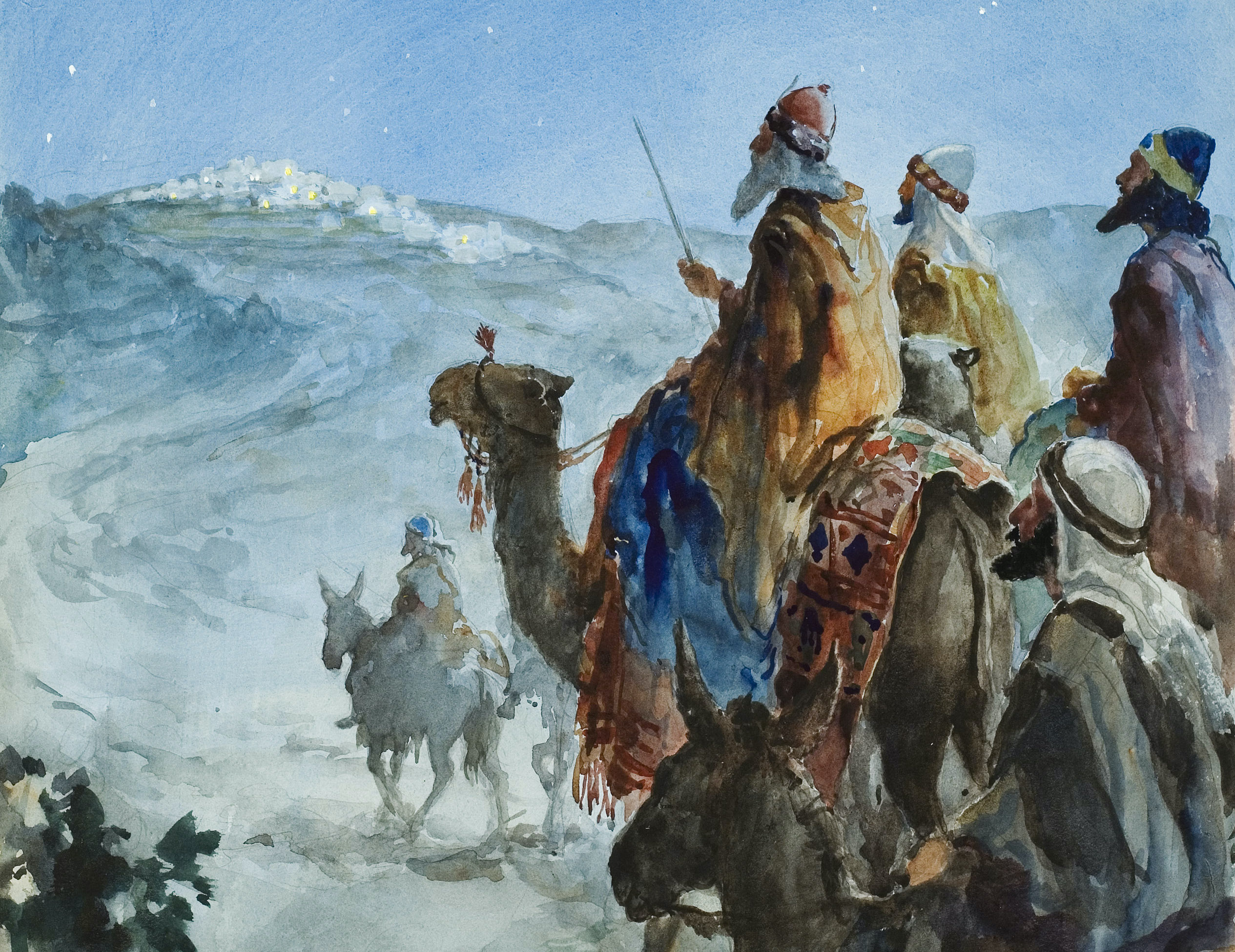

In 1927, the Bloomsbury publisher Faber and Gwyer (Faber & Faber from 1929) announced a new series of booklets ‘suitably decorated in colours and dressed in the gayest wrappers’, featuring Christmas-themed poems. With artwork supplied by established and rising talents, such as Paul and John Nash, Eric Ravilious, Eric Gill and Edward McKnight Kauffer, the publisher hoped they would find a place in the Christmas gift market.
Thomas Hardy, G. K. Chesterton, W. B. Yeats and Siegfried Sassoon were among those who contributed poems to the series. T. S. Eliot, who had joined Faber two years earlier as a literary editor, having left his City job in Lloyds Bank’s Colonial and Foreign Department, was to write six of what became known as The Ariel Poems. The first of these was Journey of the Magi.
The publication of the poem at Christmas 1927 came at a timely moment in Eliot’s life, after his reception into the Church of England earlier that year. Eliot later explained that the poem asked the question: ‘How fully was the Truth revealed to those who were inspired to recognise Our Lord so soon after the Nativity?’
The poem was framed around the Biblical journey of the three kings, or wise men, who came from the East to pay homage to the baby Jesus in Bethlehem. The power of the verse lay in the way Eliot turned it into a first-person narrative by one of the magi.
Rather than a joyous pilgrimage, he described an arduous trek through ‘the very dead of winter’. With references to ‘such a long journey’, with ‘camels galled, sore-footed’, moving through ‘cities hostile and towns unfriendly’, it became a metaphor for the voyage Eliot believed the human spirit must make to experience Christ.
The poet subsequently explained that he ‘had been thinking about the subject in church on a Sunday morning’ and that ‘when I got home I opened half a bottle of Booth’s gin, poured myself a drink and began to write. By lunchtime the poem, and the half-bottle of gin, were both finished’.
It had taken him three-quarters of an hour.
Exquisite houses, the beauty of Nature, and how to get the most from your life, straight to your inbox.

However, despite the apparent levity of this recollection, many at the time had been dismayed on hearing the news that someone they had viewed as the mouthpiece of post-war disillusion through works such as The Waste Land had secretly undergone a religious conversion.
Virginia Woolf lamented that ‘poor dear Tom Eliot’ was ‘dead to us all from this day forward’. Conrad Aiken, the American author, a friend of Eliot since their Harvard days and among the first to appreciate his poetry, also thought he had taken leave of his senses.
This frustrated Eliot. ‘Most critics appear to think that my Catholicism is merely an escape route and evasion,’ he wrote to the American writer Paul Elmer More in 1929, adding that he found it ‘rather trying to be supposed to have settled oneself in an easy chair, when one has just begun a long journey on foot’.
Eliot, born in St Louis, Missouri, in 1888, had been brought up in a Unitarian family in Massachusetts, and admitted that, for many years, ‘I was without any definite religious faith’. His search for spiritual meaning had been long.
Once baptised and confirmed into the Church of England, he regarded himself as ‘associated with what is called the Catholic movement in that Church’. However, religion and spirituality was not some cosy, comforting option, but an ongoing passage that, as for the magi, brought no easy conclusion.
The opening lines of Journey, with some adjustments, were taken from a nativity sermon of 1622 by a cleric of immense piety, Lancelot Andrewes, speculating on the difficulties the magi must have experienced on their way to Bethlehem.
Andrewes, who held high ecclesiastical office in the reigns of Elizabeth I and James I, was admired by Eliot for his prose and his thinking. Despite the austerity of its message, Eliot’s rather more realistic evocation of the wise men’s experience, in contrast to the romanticised popular version, became a favourite for recitation at carol services.
Edward McKnight Kauffer's Journey of the Magi illustrations
If T. S. Eliot was the voice of the modern movement in 20th-century poetry, the illustrations for Journey of the Magi were supplied by a man the poet described as doing ‘something for modern art with the public and something for the public with modern art’.
The pair worked together on several occasions. For Journey, Edward McKnight Kauffer, also American, born in Montana, who had arrived in England in 1914, supplied a Cubist design, the magi depicted by geometric shapes and, in a contemporary touch, apparently sporting bowler hats.
Kauffer is most remembered today for the striking posters he designed for the London Underground. The prominent placing these posters received did much to elevate the standing of commercial art in Britain.
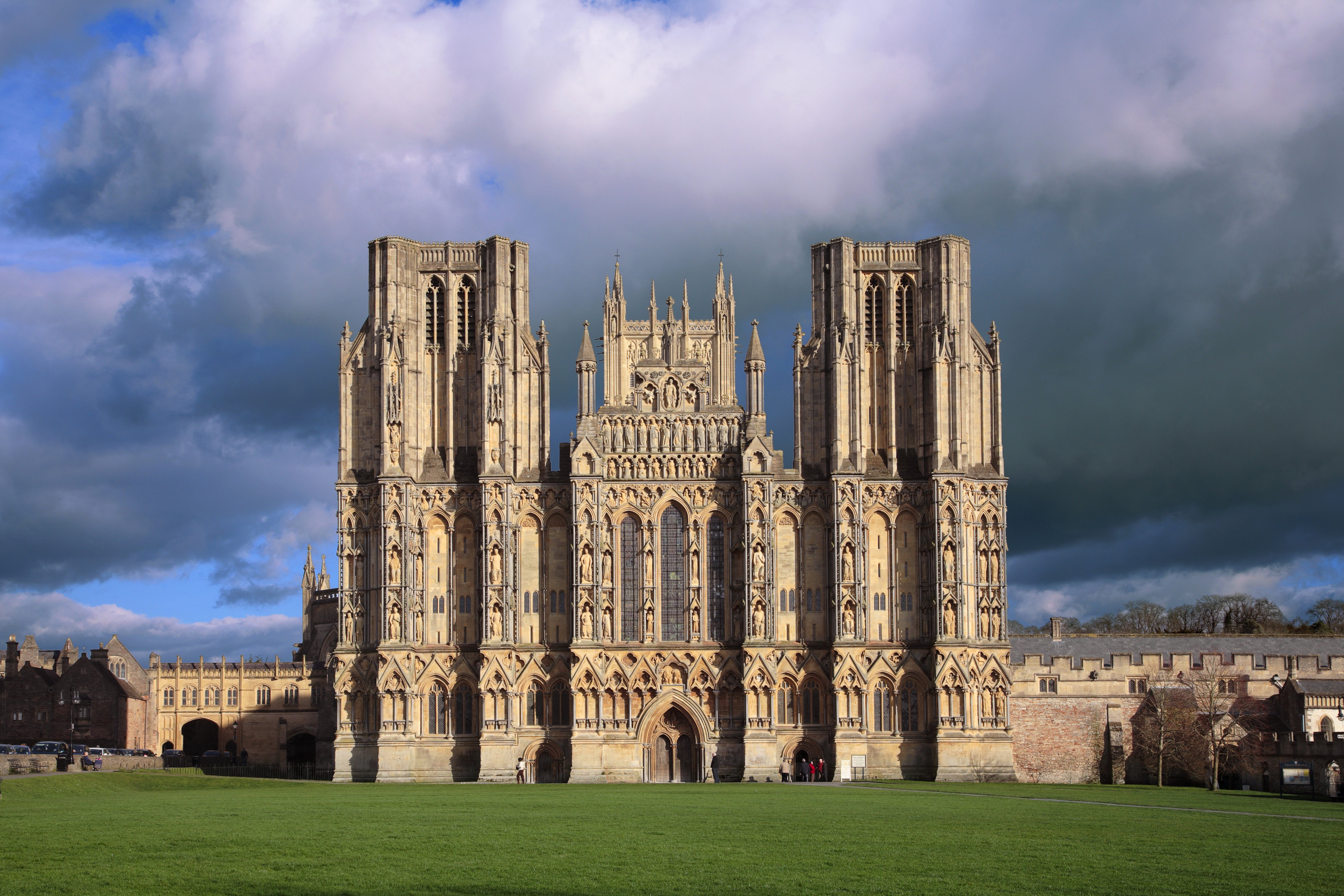
The 100 greatest cathedrals in Europe, as picked by Simon Jenkins
Simon Jenkins gives himself a daunting task with his latest book, Europe's 100 Best Cathedrals (Viking, £30), which does no
Jack Watkins has written on conservation and Nature for The Independent, The Guardian and The Daily Telegraph. He also writes about lost London, history, ghosts — and on early rock 'n' roll, soul and the neglected art of crooning for various music magazines
-
 Man's (new) best friend: Slinky, swift and sweet, a furry ferret is a worthy household companion
Man's (new) best friend: Slinky, swift and sweet, a furry ferret is a worthy household companionFerrets are a perfect pet — just don't let them loose in the British Museum, Octavia Pollock writes.
-
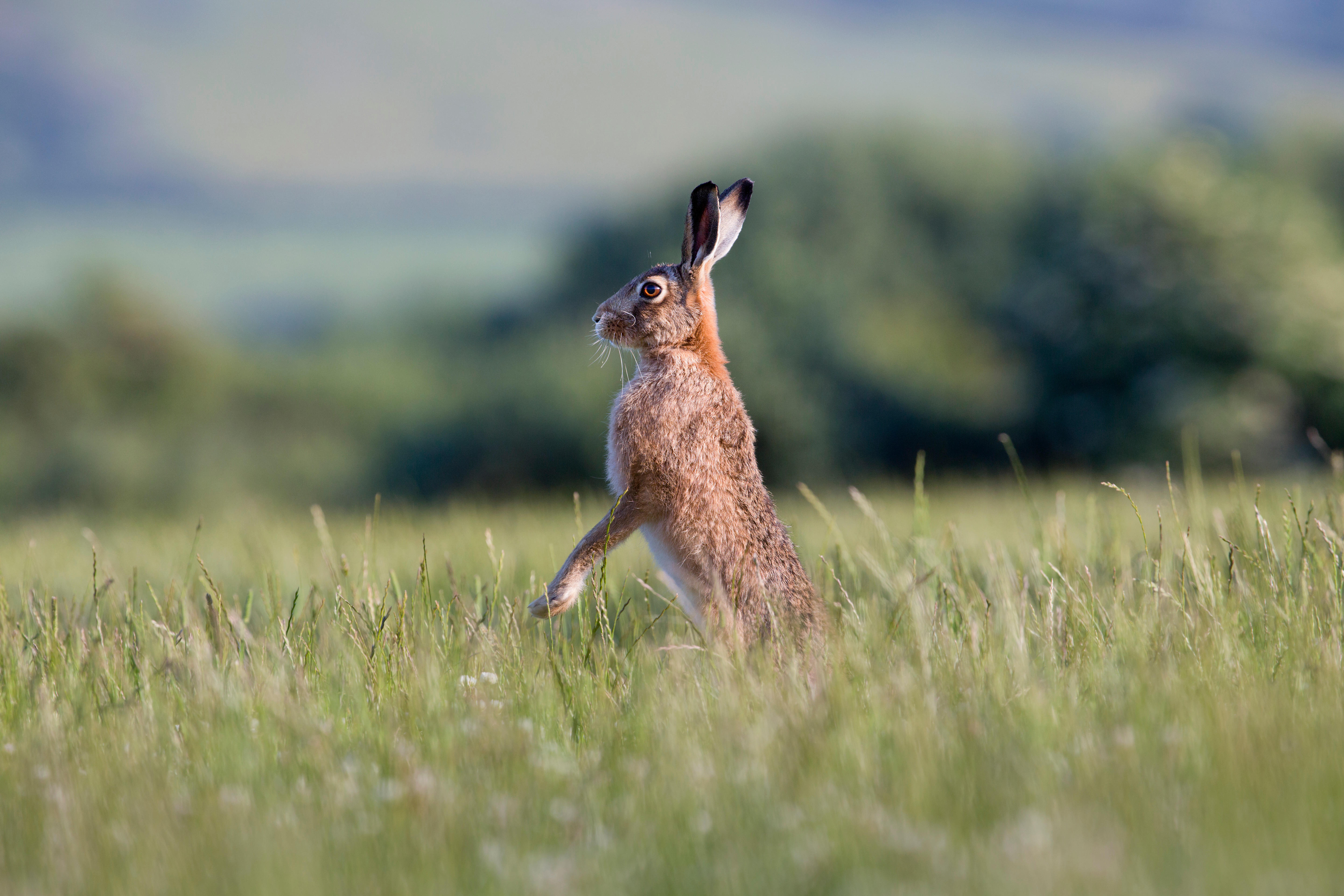 By what name is the shallow nest of the hare known? It's the Country Life Quiz of the Day, November 3, 2025
By what name is the shallow nest of the hare known? It's the Country Life Quiz of the Day, November 3, 2025It's Monday which means we're back with the first Country Life quiz of the week.
-
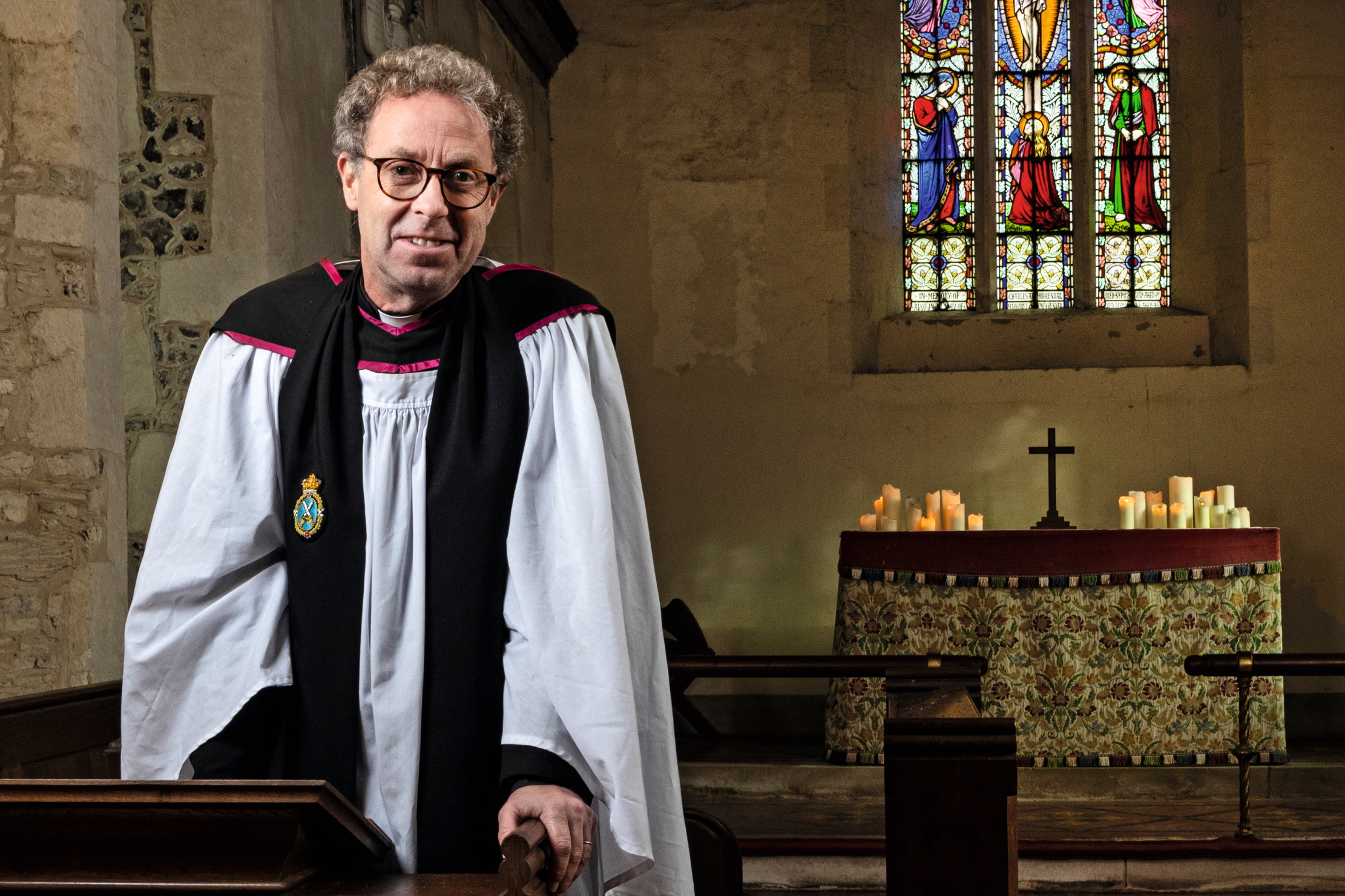 The Country Life Christmas message by Revd Dr Colin Heber-Percy: ‘The most powerful person in the world’ is not an emperor, high priest or CEO, but a helpless baby in the arms of a loving mother
The Country Life Christmas message by Revd Dr Colin Heber-Percy: ‘The most powerful person in the world’ is not an emperor, high priest or CEO, but a helpless baby in the arms of a loving motherRevd Dr Colin Heber-Percy on how Christmas shows us that ‘the most powerful person in the world’ is not an emperor, or a high priest or the CEO of a tech company, but a helpless baby in the arms of a loving mother.
-
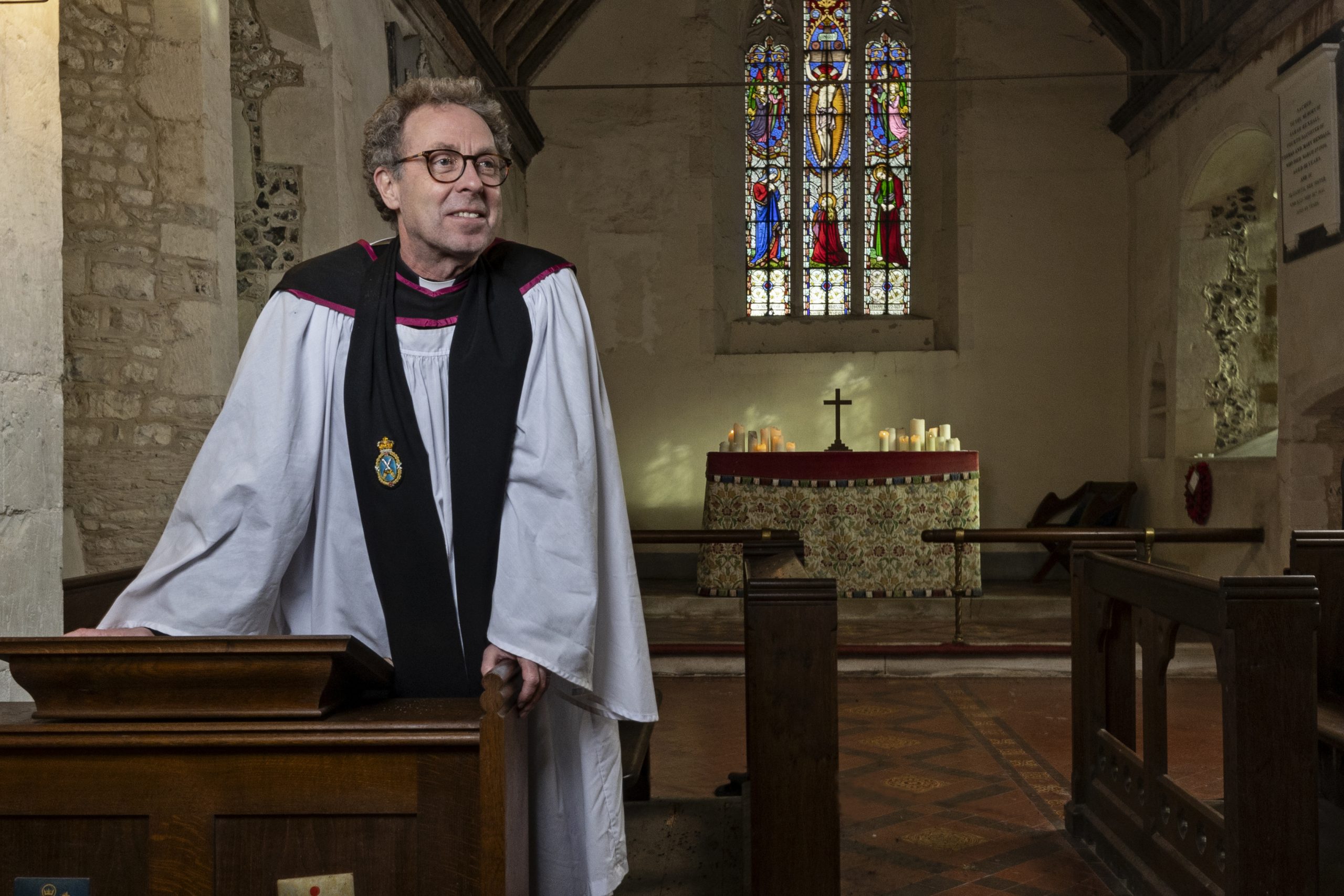 ‘The love we share at Christmas is a refuge. It replenishes our depleted batteries and allows us to go out again into the world’: The 2023 Country Life Christmas message, by Revd Colin Heber-Percy
‘The love we share at Christmas is a refuge. It replenishes our depleted batteries and allows us to go out again into the world’: The 2023 Country Life Christmas message, by Revd Colin Heber-PercyA safe haven, a refuge for rest and relaxation, the place we feel we belong—the concept of ‘home’ differs for each of us. At Christmas, home is so much more than a physical location: it is all around, says the Revd Colin Heber-Percy.
-
 The 2022 Country Life Editor's Christmas Quiz: The Answers
The 2022 Country Life Editor's Christmas Quiz: The AnswersNo peeking!
-
 The 2022 Country Life Editor's Christmas Quiz
The 2022 Country Life Editor's Christmas QuizChallenge yourself with our traditional test of knowledge, drawn from all things Country Life, as compiled by Kate Green.
-
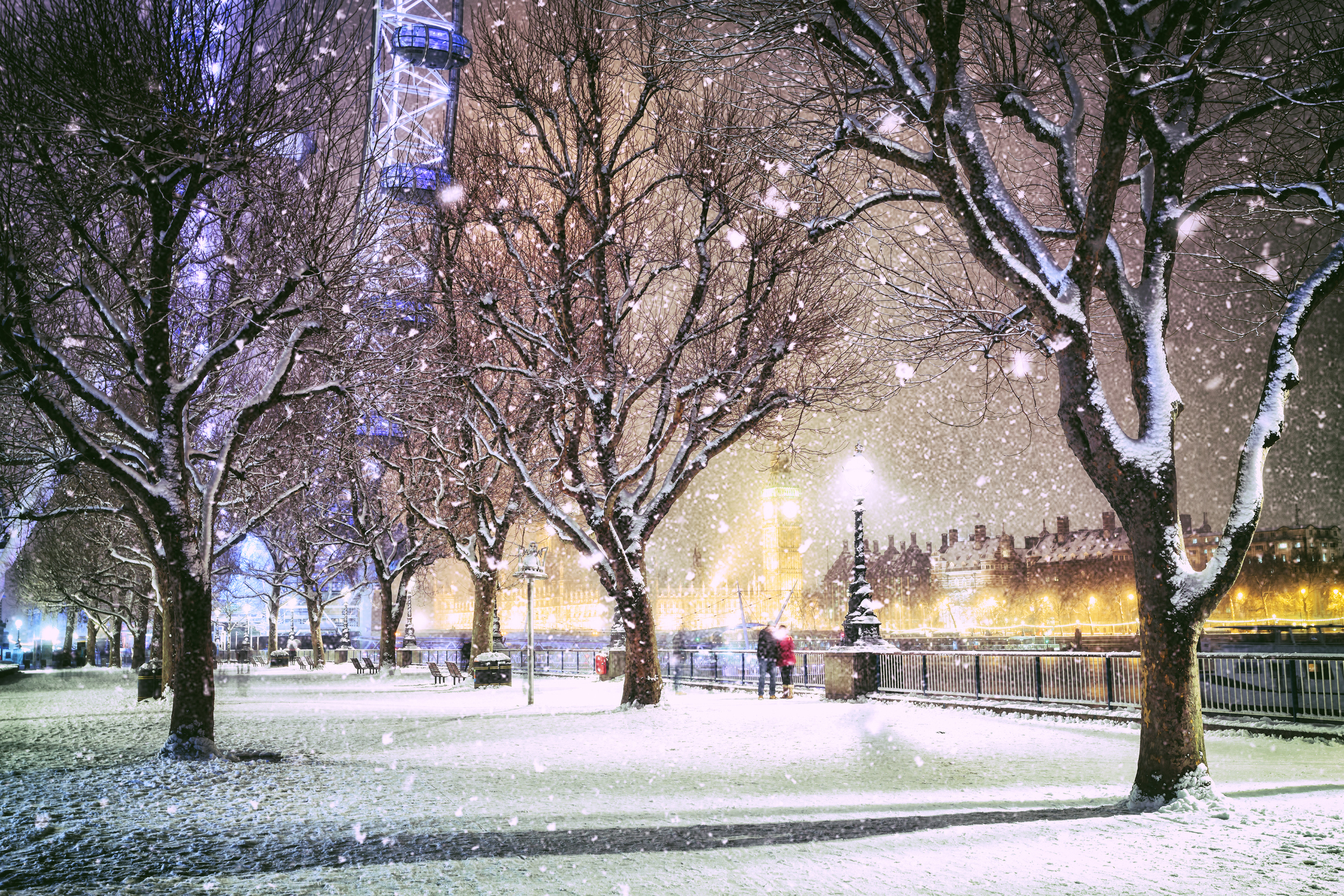 The Country Life Christmas message, by the Revd Lucy Winkett
The Country Life Christmas message, by the Revd Lucy WinkettAs many of us celebrate a simpler Christmas, the Reverend Lucy Winkett is moved by the generosity of those often dealing with their own difficult circumstances and stresses that giving someone your time can be a great gift, too.
-
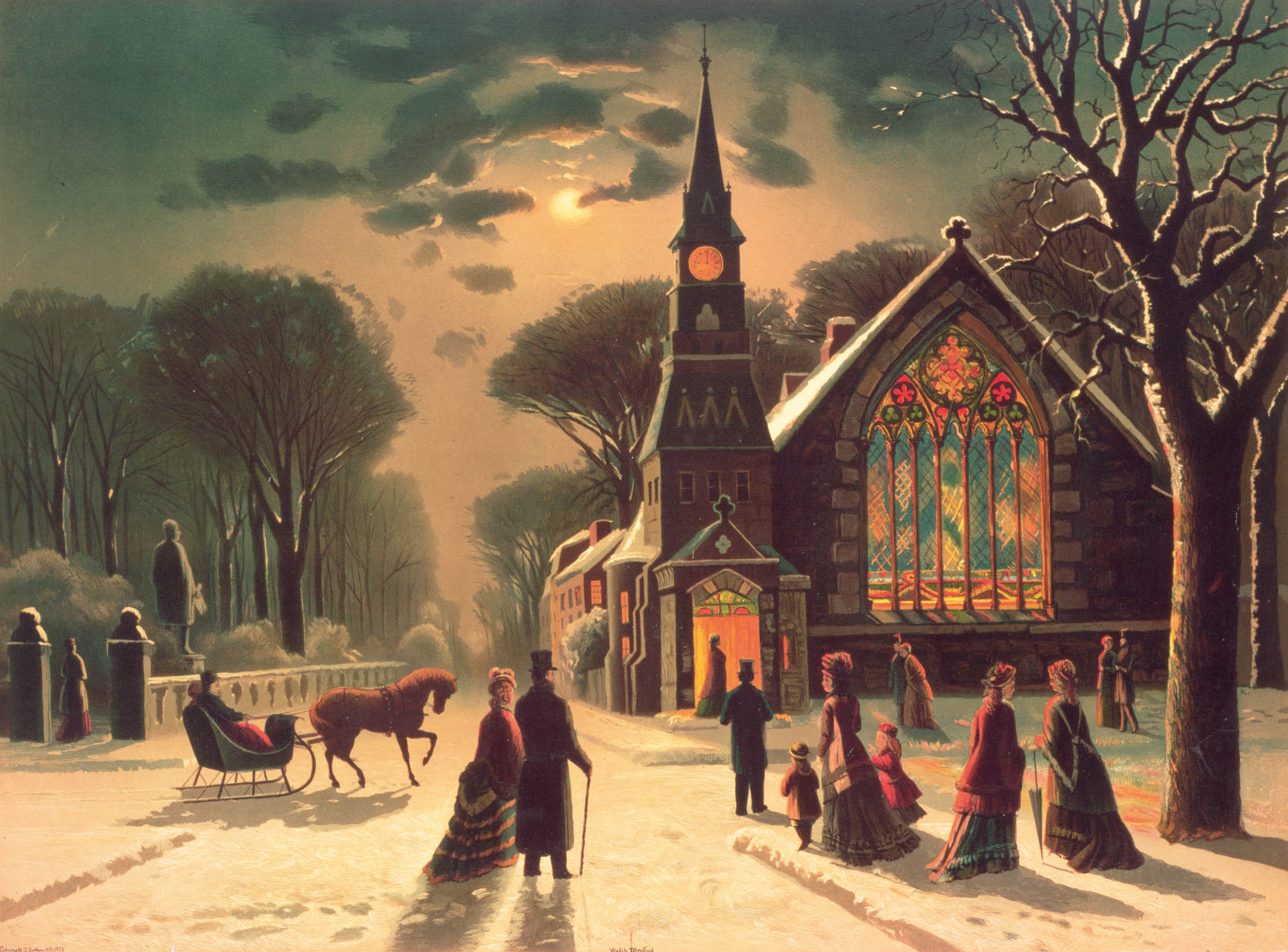 The story of Midnight Mass — and why all are welcome with open arms, even those who've come straight from the pub
The story of Midnight Mass — and why all are welcome with open arms, even those who've come straight from the pubFor the Revd Colin Heber-Percy, a candlelit Midnight Mass service at his parish church in Wiltshire promises packed pews and a child-like anticipation of Christmas.
-
 Jason Goodwin's books of the year 2022
Jason Goodwin's books of the year 2022Our columnist Jason Goodwin shares the books that have entertained and enlightened him this year.
-
 Jason Goodwin: I bought a 4lb cheese wrapped in goat skin that looked like a Moomin and brought it 2,500 miles back home. What could go wrong?
Jason Goodwin: I bought a 4lb cheese wrapped in goat skin that looked like a Moomin and brought it 2,500 miles back home. What could go wrong?Our intrepid columnist goes the extra mile to bring a cave-aged Turkish delicacy back to England — only to run in to a group of guests who give him the distinct impression that they'd rather he hadn't bothered.
